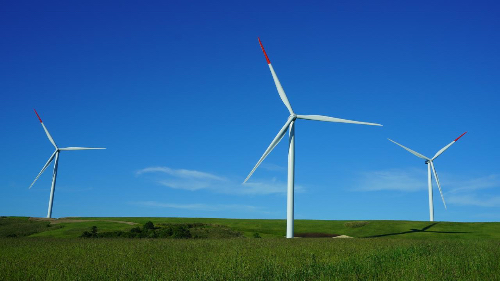J-STORIES - Construction company Kajima Corp. has joined forces with scientists at Kyoto University's Human Spaceology Center to develop a revolving facility that replicates Earth-like gravity on the moon in an ambitious attempt to solve a familiar problem facing programs aiming to put people in space.
The last astronauts to set foot on the moon were part of the Apollo 17 mission in 1972, but unlike that trip, current programs in the pipeline plan to find ways to enable humanity to stay more long-term. NASA’s Artemis program, for example, hopes to make a crewed moon landing by 2025 and in preparation launched Artemis 1, a 26-day unstaffed mission that orbited the moon in late 2022. The Artemis program’s goal is to set up a permanent moon base, then use that as a steppingstone for future crewed missions to Mars, or even farther afield.
A number of national space agencies, including the Japan Aerospace Exploration Agency (JAXA), are helping NASA develop the range of advanced technologies required to enable women and men to make longer stays on the moon. The Japan Cabinet Office’s “Stardust Program,” a space development initiative that was launched in fiscal 2020, includes 13 R&D projects aimed at enabling autonomous construction on the moon.
.jpg)
But a number of problems need solving before humans can achieve long-term lunar living. These include securing oxygen and water, controlling temperature, and protecting residents from radiation. Another major issue is gravity, which on the moon is less than 17 percent of that found on Earth. It is likely that this would adversely affect the muscle and bone density of anyone living there for long periods of time, and could also cause problems during pregnancy, and for children as they grow.
The “artificial gravity living facility” being developed by Kajima Corp. and Kyoto University could help overcome these problems.
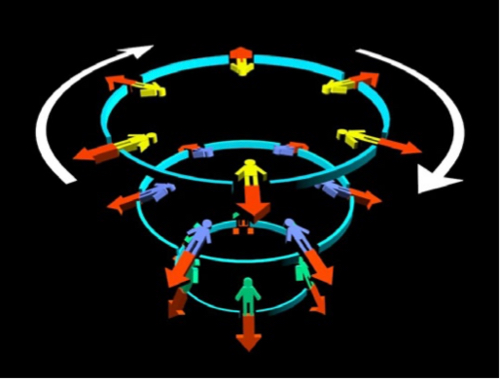
That facility is called “Lunar Glass,” a name that was derived from its wineglass-like shape and the centrifugal force it would use, which is the same force that presses wine against the inside of a wineglass when it is gently swirled. According to researchers, rotating the cone, which would be 200-meter-wide top, at a speed of three times per minute would generate enough gravitational force to enable an Earth-like environment on cone's interior.
The project also aims to reproduce the ecosystem of the Earth as much as possible by developing forests and oceans inside Lunar Glass.
Similar technology could also be used on other planets and satellites, with the shape of the cone varying to match each body’s environment and gravity.. For example, researchers are also drawing up plans for a “Mars Glass.”
.webp)
A number of other large Japanese construction companies are working on ways to help humans live long term in space. Obayashi Corp. is drawing up plans for a space station in stationary orbit that would be connected to Earth by a space elevator. Shimizu Corp., meanwhile, has a blueprint for a space hotel and moon base and Takenaka Corp.is working with JAXA and others on the development of space agriculture systems.
Translation by Tony McNicol
Top page photo by savagerus/Envato
For inquiries about this article, please contact us at jstories@pacificbridge.jp
***
***
Click here for the Japanese version of the article.
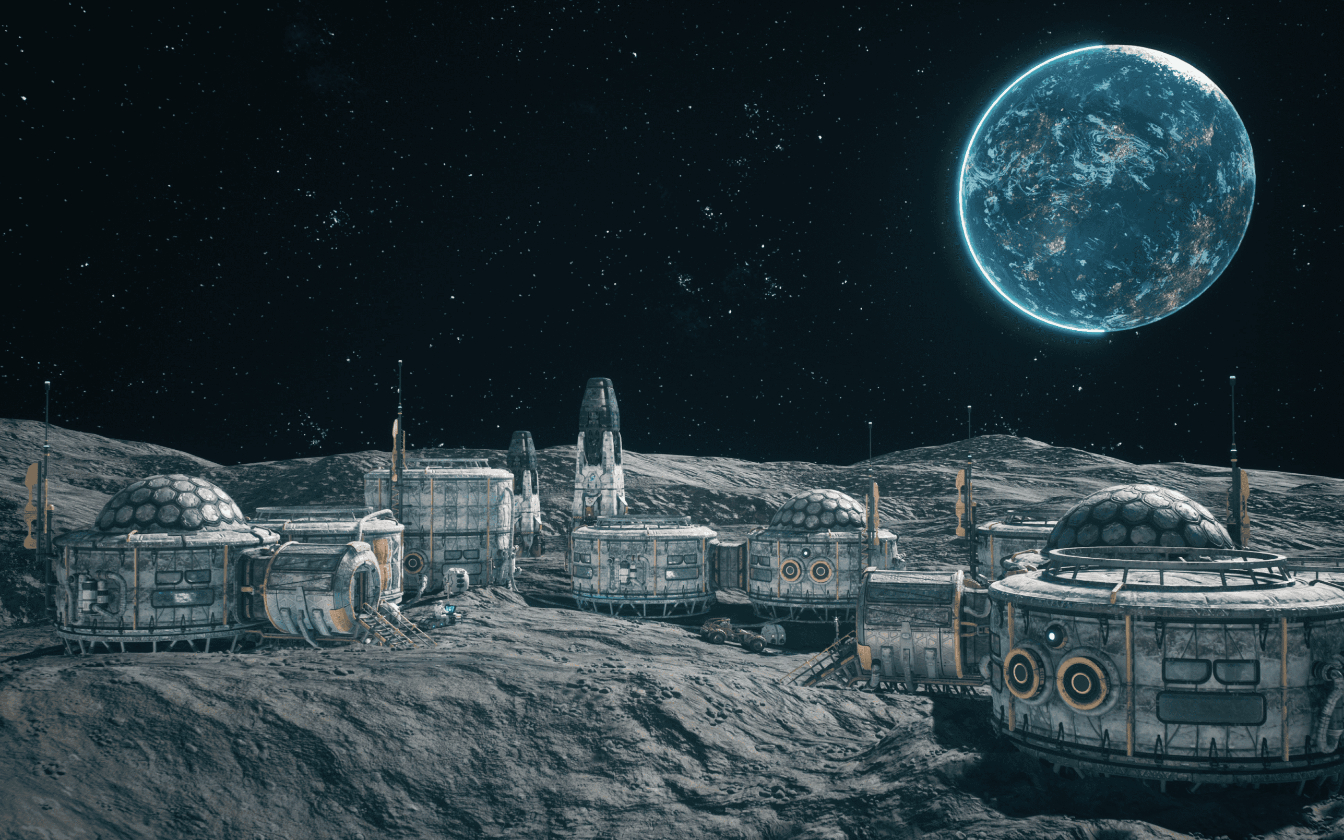


![[Tokyo Updates] Water Supply Independent of Plumbing: A New Normal for Sustainable Water Infrastructure](https://storage.googleapis.com/jstories-cms.appspot.com/images/1752052817824ENELL-5_smallthumbnail.jpg)




![[Podcast] Foreign founders are changing how Japanese start startups (Part 3)](https://storage.googleapis.com/jstories-cms.appspot.com/images/1757558223534unnamed-5_bigthumbnail.jpg)

![[Tokyo Updates] Water Supply Independent of Plumbing: A New Normal for Sustainable Water Infrastructure](https://storage.googleapis.com/jstories-cms.appspot.com/images/1752052817824ENELL-5_bigthumbnail.jpg)


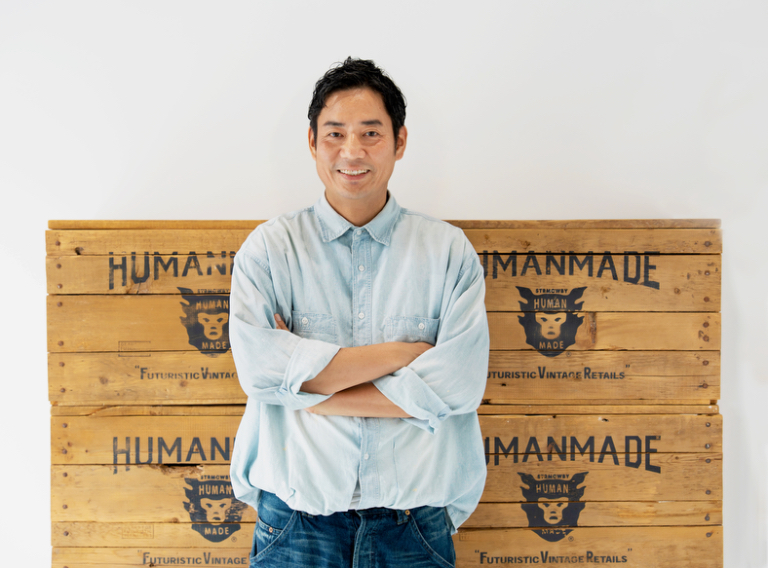


![[Interview] When digital and physical worlds meet](https://storage.googleapis.com/jstories-cms.appspot.com/images/1747974430456unnamed-2_smallthumbnail.png)
![[Interview] How Japanese musician Grover turned his passion of ‘sound’ into a health-tech startup](https://storage.googleapis.com/jstories-cms.appspot.com/images/1746181078493R7__1407_smallthumbnail.jpg)
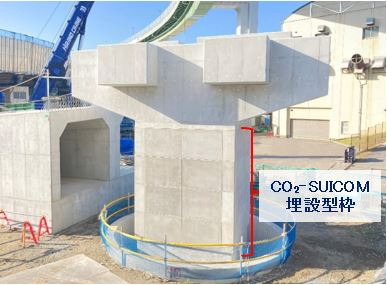


![[Podcast]How to build a successful startup community ー Interview with Tim Rowe at Cambridge Innovation Center (Part 2)](https://storage.googleapis.com/jstories-cms.appspot.com/images/1748493203370business-man-holding-light-bulb-social-network-2024-10-31-22-37-36-utc_smallthumbnail.jpg)
